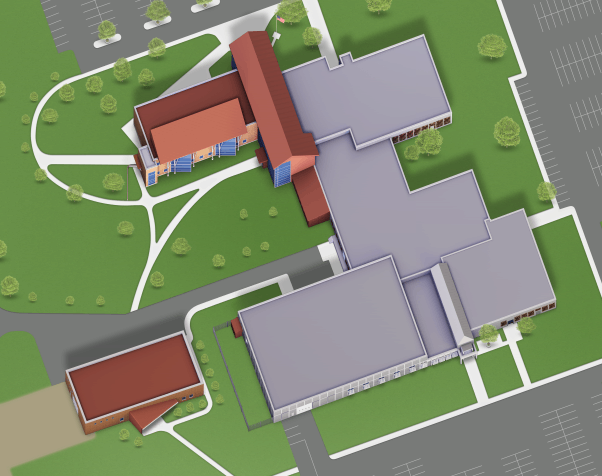What is coronavirus?
Coronaviruses are a large family of 50+ distinct viruses which are found worldwide and infect both mammals and birds. Four coronaviruses have been circulating among humans for years and are believed to cause 20-40% of common cold infections per year. Two other coronaviruses have caused much more serious human illness since 2002: SARS-CoV and MERS-CoV.
In December 2019, a cluster of human respiratory illnesses in Wuhan, Hubei Province, China, prompted a public health investigation which identified a new coronavirus, now called COVID-19.
Symptoms include a short respiratory illness with a cough and low-grade fever. In a minority of cases, the virus can lead to critical illness or death. Severe cases have primarily been noted in patients over 65 years of age who also have significant underlying chronic illnesses such as diabetes, hypertension, cardiac disease or liver disease.
How does it spread?
The virus is thought to spread mainly from person-to-person among people who are in close contact with one another, within about 6 feet, through respiratory droplets produced when an infected person coughs or sneezes.
These droplets can land in the mouths or noses of people who are nearby or possibly be inhaled into the lungs.
It may be possible that a person can get COVID-19 by touching a surface or object that has the virus on it and then touching their own mouth, nose, or possibly their eyes, but this is not thought to be the main way the virus spreads.
How is it treated?
There is no vaccine nor any known antiviral treatment for COVID-19 so treatment is primarily supportive care. Mild cases may be treated at home, but severe illness requires hospitalization.
What steps can I take to prepare if there is widespread transmission of COVID-19?
The power to protect our campus community from coronavirus and flu lies with each and every one of us. First and foremost, Great Falls College strongly encourages everyone to wear a mask while in common areas on campus. Please practice the following hand-washing and respiratory hygiene habits to protect yourself and those around you:
Cover your mouth and nose with a tissue or your sleeve (not your hands) when coughing or sneezing.
Clean your hands by washing them with soap and water for at least 20 seconds or using an alcohol-based hand sanitizer that contains 60%–95% alcohol immediately after coughing, sneezing, or blowing your nose. Soap and water should be used if hands are visibly dirty.
Stay home if you’re sick. We will work with you to make arrangements for missed exams and work.
Please see the CDC’s guide for preventing the spread of COVID-19 in communities.
How should I clean and disinfect communal spaces?
The U.S. Centers for Disease Control and Prevention (CDC) recommends cleaning and disinfecting frequently touched surfaces (e.g., doorknobs, tables, keyboards light switches). Use a disinfectant registered with the U.S. Environmental Protection Agency (EPA) or a 10% bleach/water solution to clean surfaces.
Please avoid putting disinfectant gels or liquids on electronics and other equipment, including elevator buttons, unless the products are indicated as safe to use on those devices.

 Welcome to Great Falls College MSU
Welcome to Great Falls College MSU

